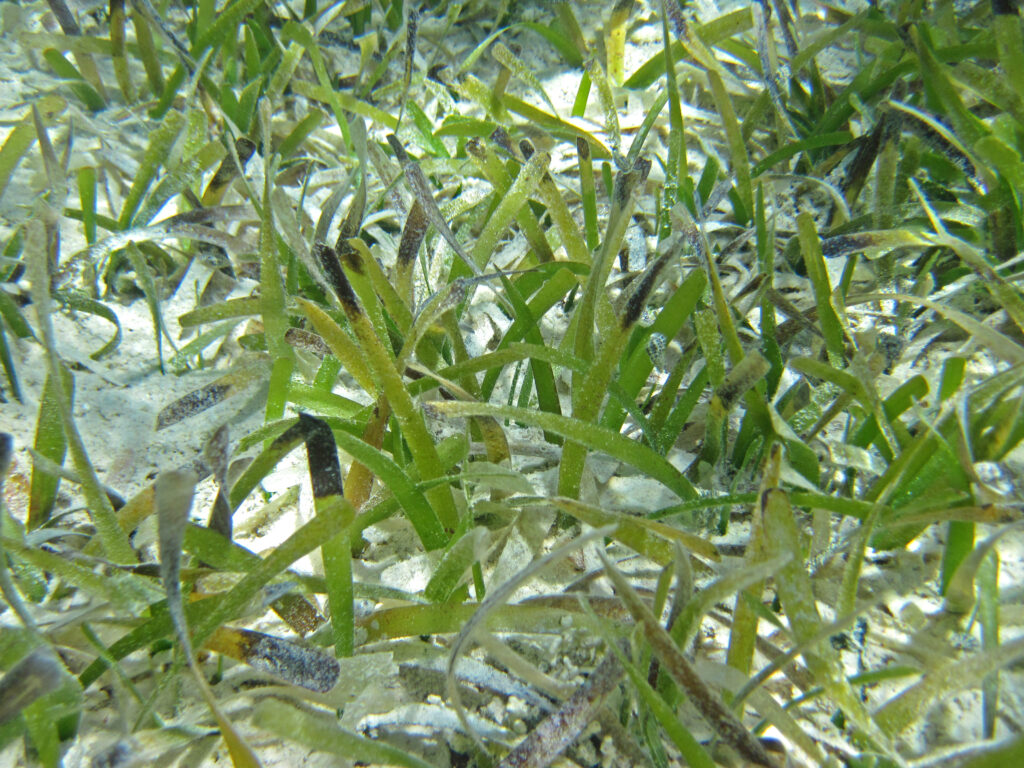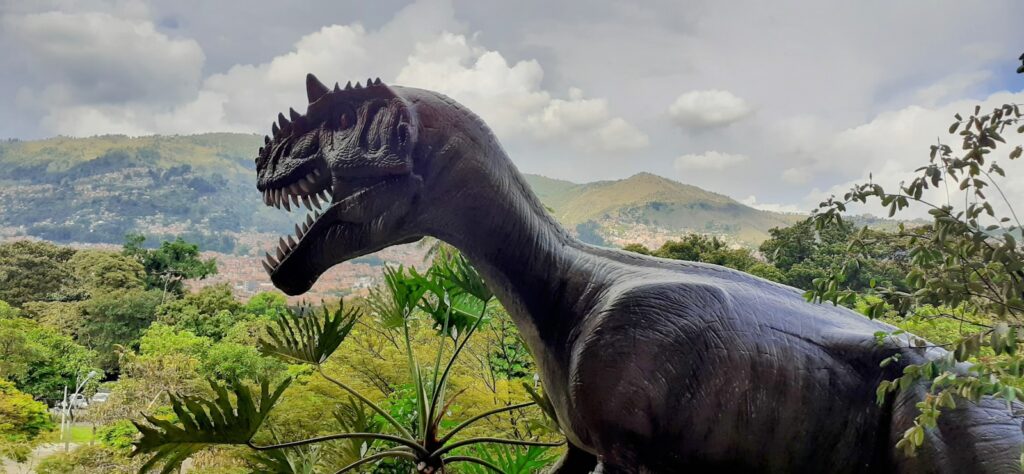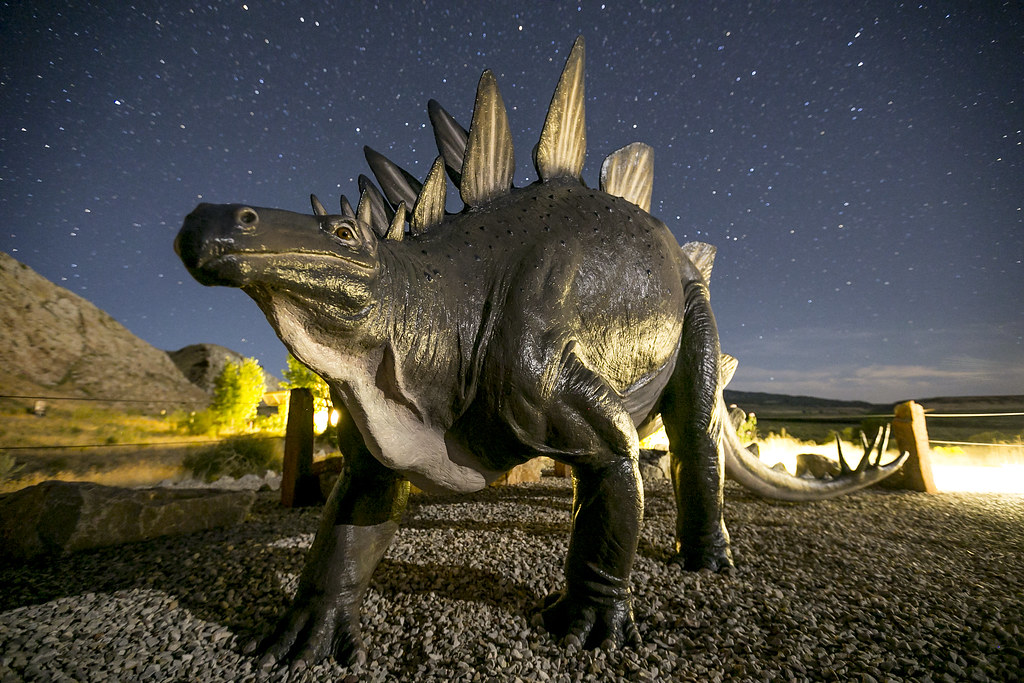Imagine digging through fossilized dinosaur droppings and discovering something that completely rewrites our understanding of Earth’s ancient ecosystems. That’s exactly what happened when scientists started examining coprolites – fossilized feces – from the Cretaceous period. Hidden within these prehistoric packages were tiny silica structures called phytoliths, microscopic fossils that revealed a shocking truth: grasses were already thriving on Earth millions of years before the asteroid impact that ended the dinosaur era. This discovery didn’t just surprise paleontologists; it fundamentally changed how we think about the evolution of grasslands and the world our favorite giants once roamed.
The Science Behind Fossilized Feces
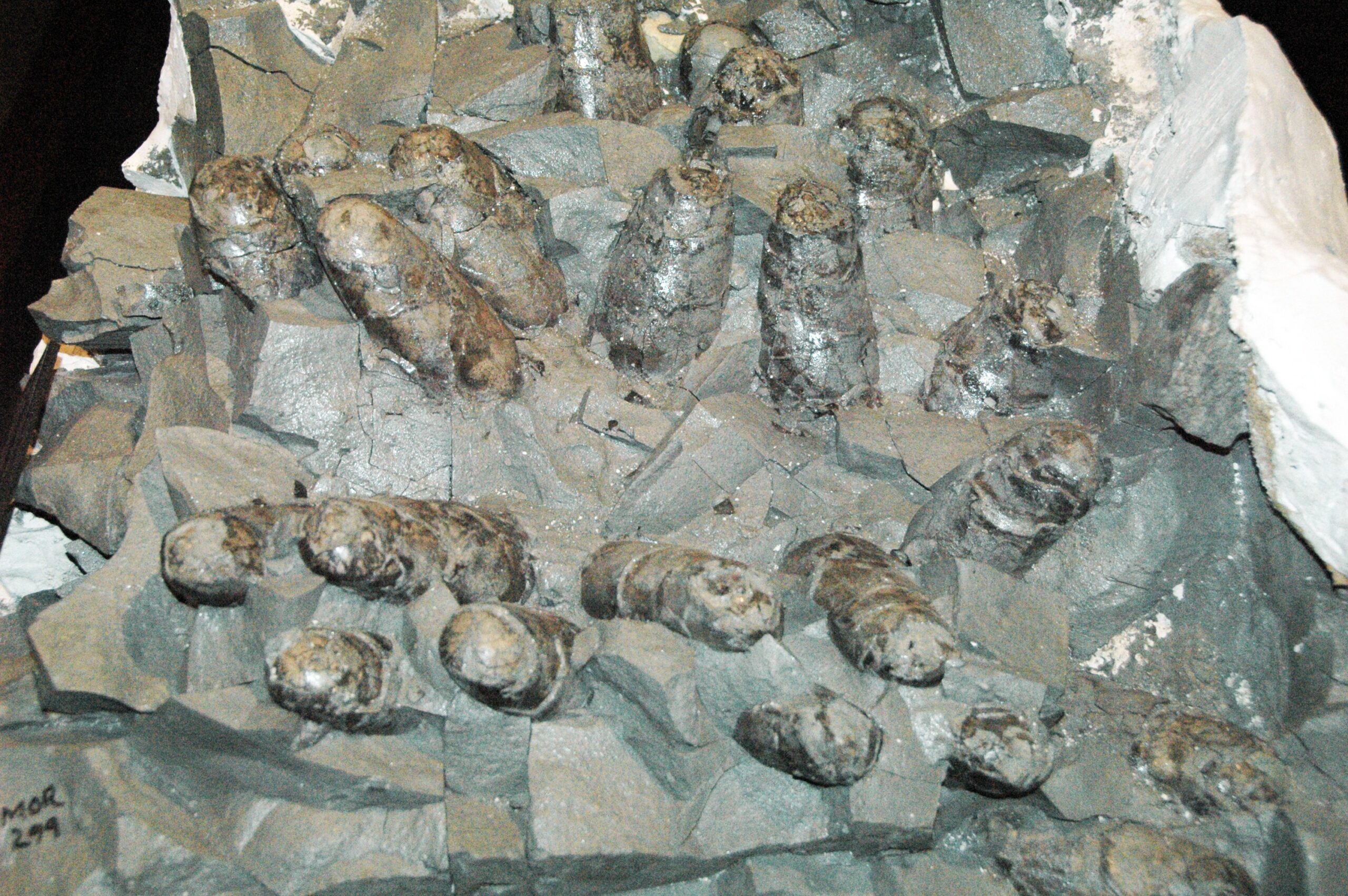
Coprolites might sound like an unusual source of groundbreaking scientific discovery, but these fossilized droppings are actually treasure troves of information about ancient ecosystems. When dinosaurs digested their meals, they couldn’t break down everything completely, leaving behind microscopic remnants of their last suppers perfectly preserved in mineral form.
These fossilized remains contain phytoliths – tiny silica structures that form inside plant cells and remain virtually indestructible over millions of years. Think of them as nature’s own time capsules, preserving the exact identity of plants that existed in prehistoric times. Scientists can examine these microscopic fossils under powerful microscopes and identify specific plant species with remarkable accuracy.
Challenging the Grass Evolution Timeline
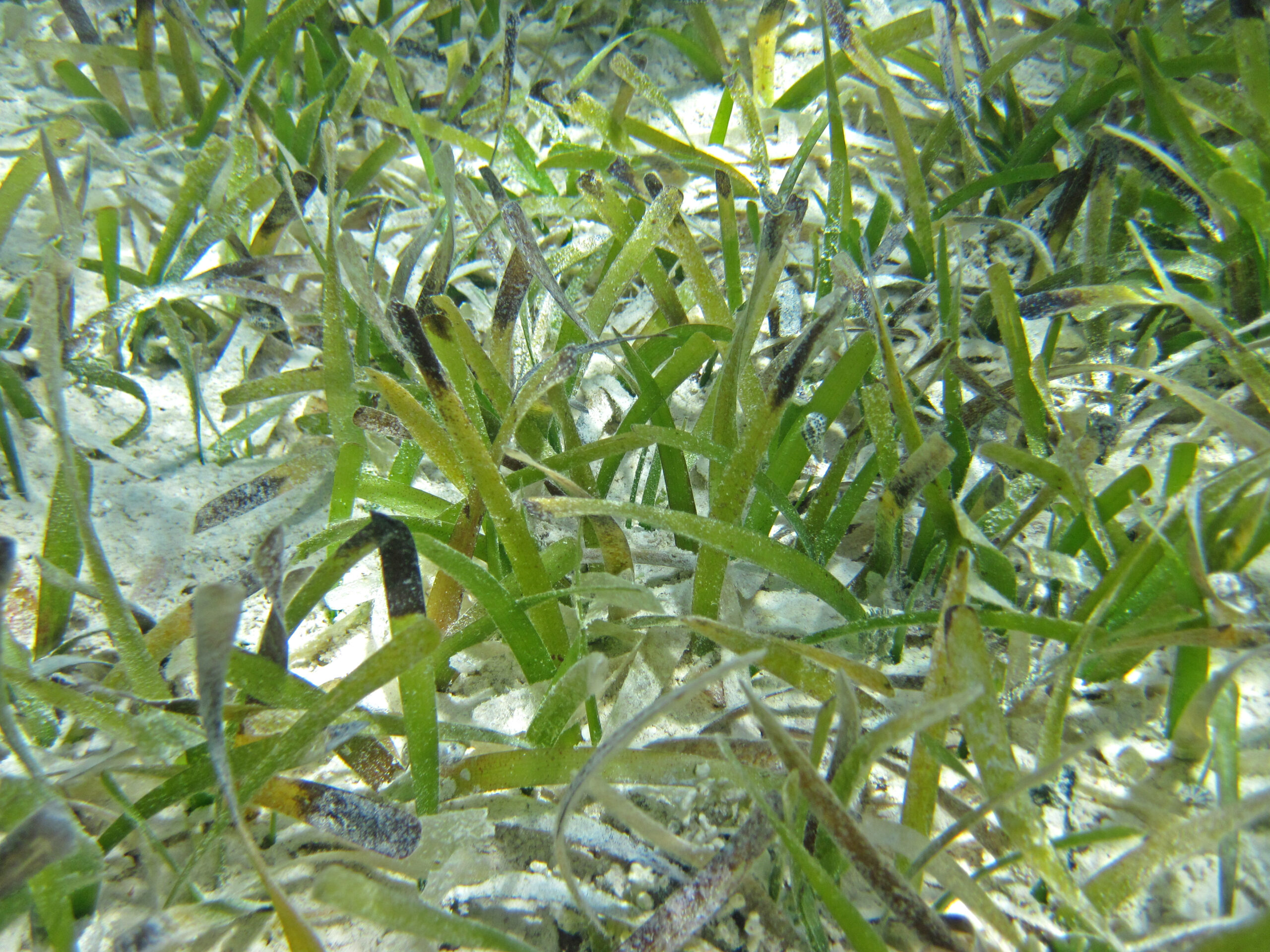
Before this discovery, scientists believed grasses evolved much later in Earth’s history, primarily during the Cenozoic era after the dinosaurs disappeared. The conventional wisdom suggested that grasslands were a relatively recent development, emerging perhaps 30 to 40 million years ago as mammals began to diversify and spread across the planet.
However, the coprolite evidence painted a dramatically different picture. These fossilized droppings contained grass phytoliths dating back to the mid-Cretaceous period, roughly 100 million years ago. This pushed back the timeline of grass evolution by tens of millions of years, suggesting that grasses were already well-established during the height of the dinosaur age.
The Titanosaur Connection
The most significant discoveries came from coprolites attributed to titanosaurs, massive long-necked dinosaurs that roamed South America during the Cretaceous period. These gentle giants, some reaching lengths of over 100 feet, apparently had quite diverse diets that included various grass species alongside other vegetation.
The size and shape of these coprolites, combined with their location in titanosaur-rich fossil beds, strongly suggested these enormous herbivores were munching on ancient grasses millions of years before anyone thought possible. This revelation completely transformed our understanding of dinosaur diets and the landscapes they inhabited.
The discovery also explained some puzzling aspects of titanosaur anatomy, particularly their unusual tooth structure and jaw mechanics that seemed perfectly adapted for processing tough, fibrous plant material like grass.
Microscopic Detectives at Work
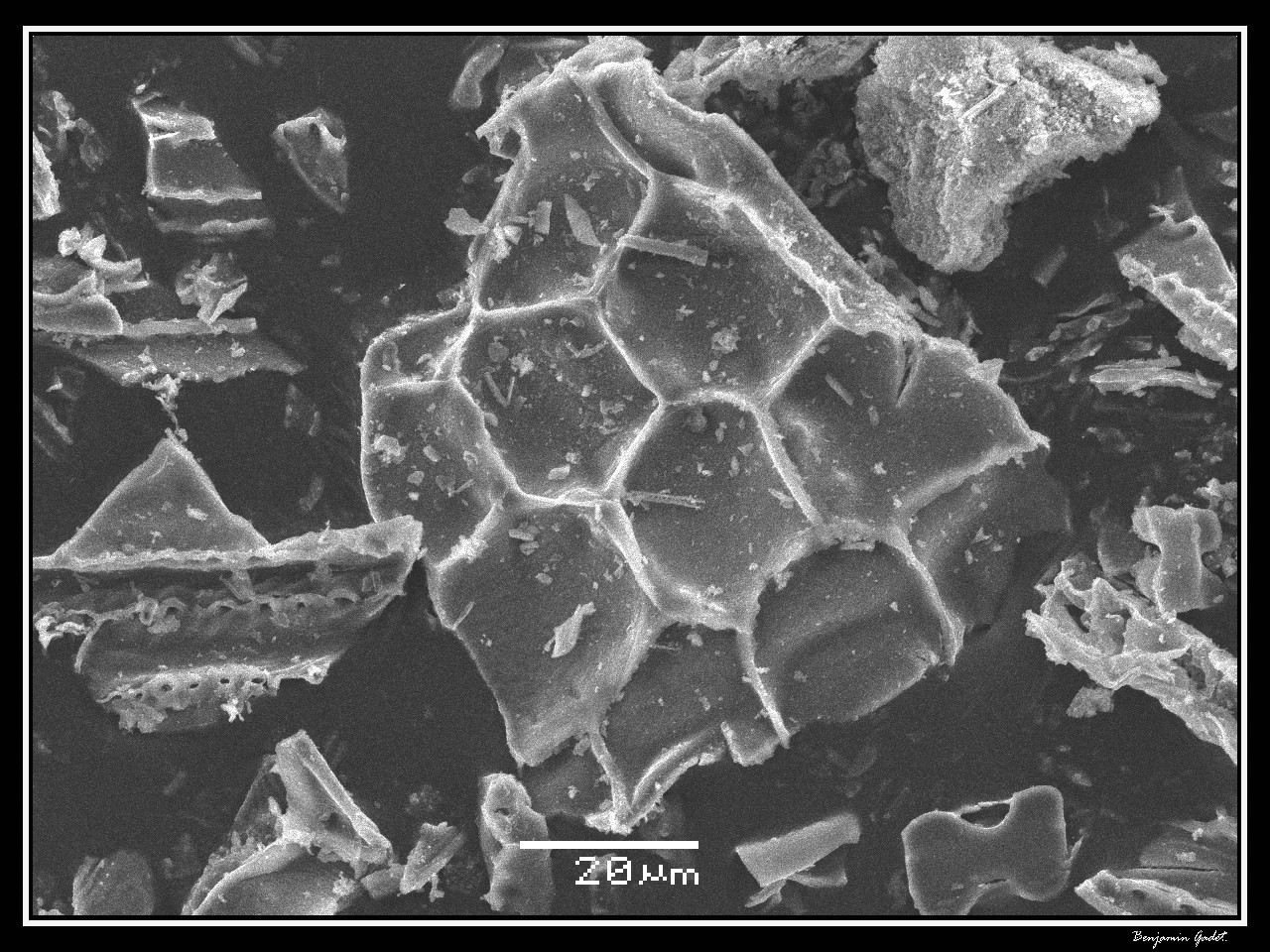
Extracting and analyzing phytoliths from ancient coprolites requires incredible precision and specialized techniques. Scientists dissolve the fossilized material using carefully controlled acid treatments, leaving behind the indestructible silica structures that once lived inside plant cells.
Under high-powered microscopes, these phytoliths reveal their secrets through distinctive shapes and patterns unique to different plant families. Grass phytoliths have characteristic forms that make them instantly recognizable to trained paleobotanists, even after millions of years of fossilization.
The process is painstakingly slow, with researchers examining thousands of microscopic fragments to build a complete picture of ancient plant communities. Each phytolith tells part of the story, but together they create a detailed snapshot of prehistoric ecosystems.
Ancient Grasslands in a Dinosaur World
The presence of grasses during the Cretaceous period suggests that ancient landscapes looked quite different from what paleontologists previously imagined. Instead of purely forested environments dominated by ferns and conifers, some regions featured open grasslands where dinosaurs grazed peacefully under prehistoric skies.
These early grasslands weren’t necessarily the vast prairies we see today, but rather patchy areas of grass mixed with other vegetation. The discovery suggests that ecological niches we associate with modern grasslands – including the animals that depend on them – may have originated much earlier than previously thought.
This finding also helps explain the success of certain dinosaur species and their ability to support massive body sizes through efficient feeding strategies adapted to grass consumption.
The Evolutionary Advantage of Early Grasses
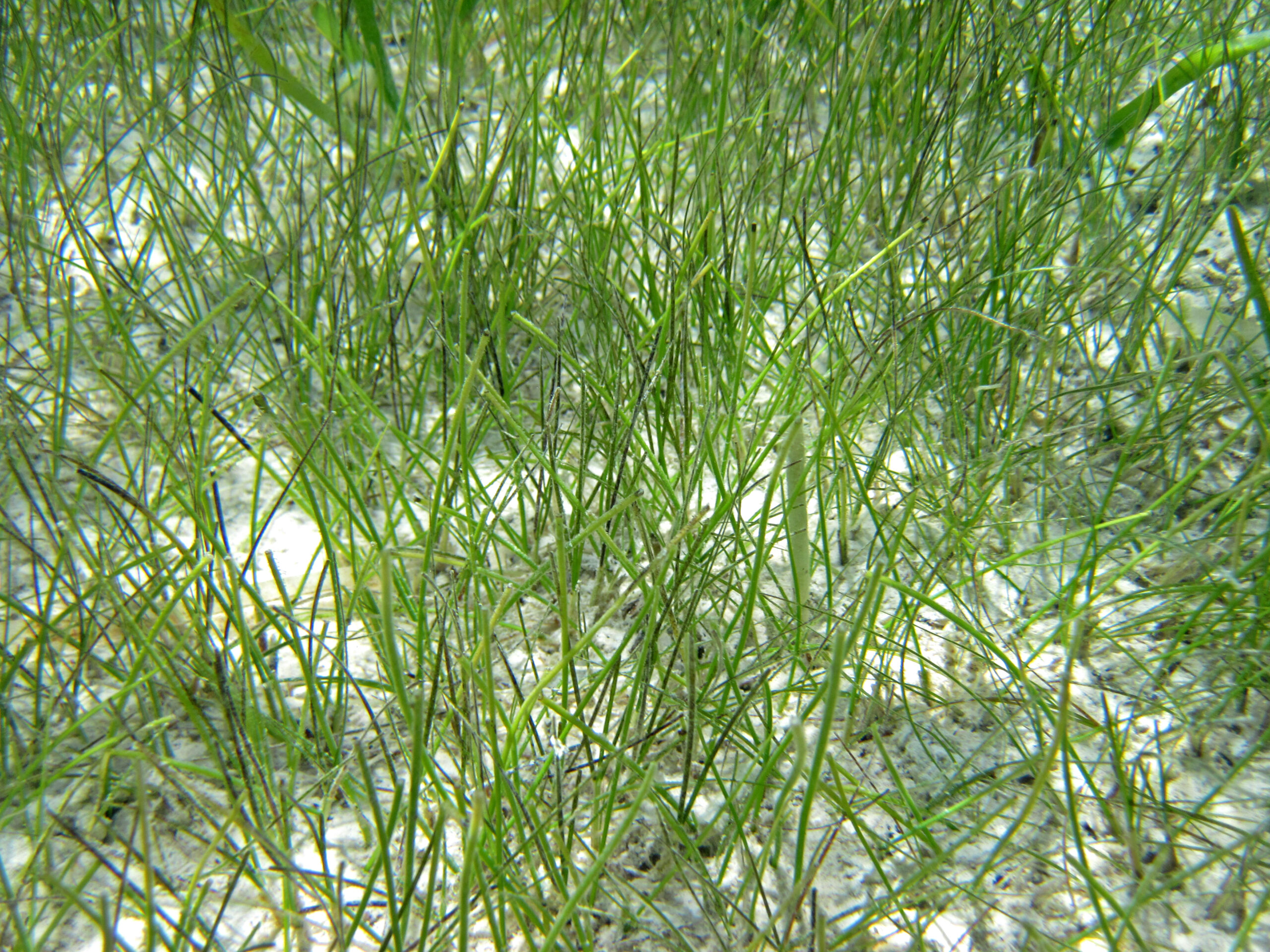
Grasses possess several characteristics that made them incredibly successful even in the dinosaur-dominated ecosystems of the Cretaceous period. Their ability to grow from the base rather than the tip means they can survive being eaten and quickly regenerate, making them ideal food sources for large herbivores.
The silica content in grass leaves, which creates the phytoliths that preserve so well, also served as a defense mechanism against herbivorous dinosaurs. This created an evolutionary arms race between plants trying to avoid being eaten and animals developing better ways to process tough plant material.
Early grasses also had remarkable adaptability to different environmental conditions, allowing them to colonize various habitats and survive climate fluctuations that occurred during the Cretaceous period.
Rewriting Dinosaur Diet Understanding
The discovery of grass consumption by dinosaurs has completely revolutionized our understanding of herbivorous dinosaur diets. Previously, scientists assumed these massive creatures primarily ate ferns, cycads, and early flowering plants, but the coprolite evidence suggests a much more diverse and sophisticated feeding strategy.
Some dinosaur species appear to have been specialized grass-eaters, developing unique digestive systems and feeding behaviors specifically adapted to process these tough, fibrous plants. This specialization may have contributed to their evolutionary success and ability to achieve enormous body sizes.
The finding also suggests that dinosaur feeding behavior was more complex than simple browsing, with some species potentially engaging in selective grazing patterns similar to modern large herbivores.
Geographic Distribution of Ancient Grasses
Coprolite discoveries from various locations around the world have revealed that grasses weren’t confined to a single region during the Cretaceous period. Evidence has been found in South America, India, and other continents, suggesting that grasses had achieved a relatively wide geographic distribution millions of years ago.
This widespread presence indicates that grasses were already well-adapted to different climatic conditions and soil types during the dinosaur era. The global distribution also suggests that grass evolution occurred earlier and spread more rapidly than scientists previously believed possible.
Different regions appear to have hosted different grass species, indicating that diversification within grass families was already underway during the Cretaceous period.
Climate Implications of Early Grass Evolution
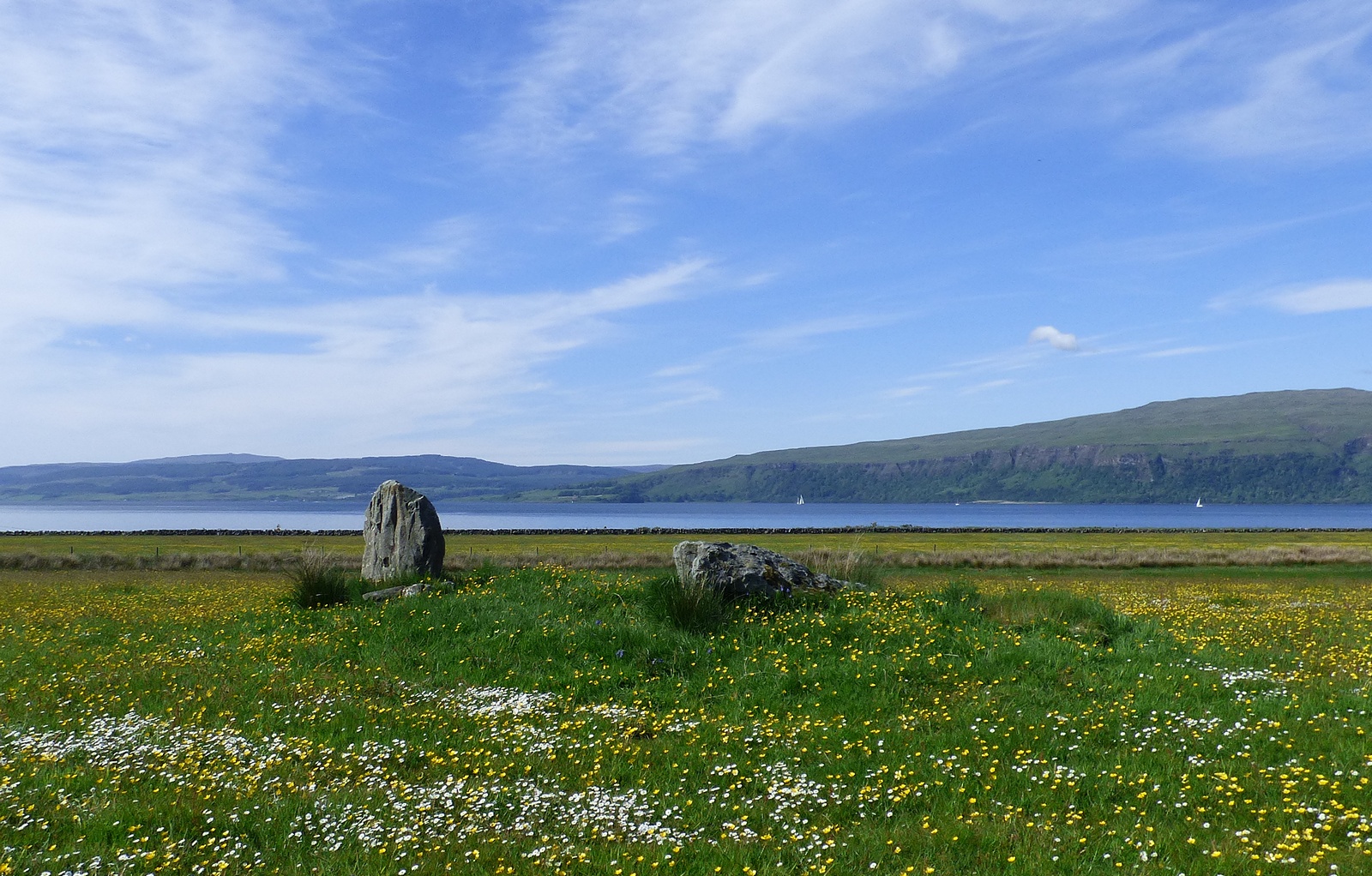
The presence of grasses during the Cretaceous period provides important clues about ancient climate conditions and atmospheric composition. Grasses typically thrive in more open, drier environments compared to the humid, forested conditions often associated with the dinosaur era.
This suggests that climate during the Cretaceous period was more variable and complex than previously understood, with both humid forested areas and drier grassland regions coexisting in the same general time period. The discovery helps scientists better understand how climate change affected ancient ecosystems.
The evolution of grasslands may have also influenced local climate patterns through changes in water retention, soil composition, and atmospheric gas exchange, creating feedback loops that shaped prehistoric environments.
Molecular Evidence Supporting the Discovery
Recent advances in molecular paleontology have provided additional support for the early evolution of grasses. Scientists have been able to extract and analyze ancient DNA fragments and protein sequences from some coprolites, confirming the presence of grass-specific genetic material.
These molecular findings complement the physical evidence from phytoliths, creating a more complete picture of ancient grass diversity and evolution. The genetic evidence also helps scientists understand the relationships between ancient and modern grass species.
Advanced chemical analysis of coprolites has revealed specific compounds unique to grass metabolism, providing yet another line of evidence for dinosaur grass consumption during the Cretaceous period.
Impact on Modern Grassland Ecology
Understanding the ancient origins of grasses has profound implications for modern grassland conservation and management. The discovery that grasses have been successful for over 100 million years suggests they possess remarkable resilience and adaptability that could be important for understanding current environmental challenges.
Modern grassland ecosystems may be more ancient and stable than previously thought, with evolutionary strategies that have been tested over geological time scales. This knowledge could inform conservation efforts and help predict how grasslands might respond to future climate change.
The co-evolution of grasses and large herbivores that began in the dinosaur era continues today, with modern grazing animals maintaining relationships with grass species that have roots stretching back millions of years.
Future Research Directions
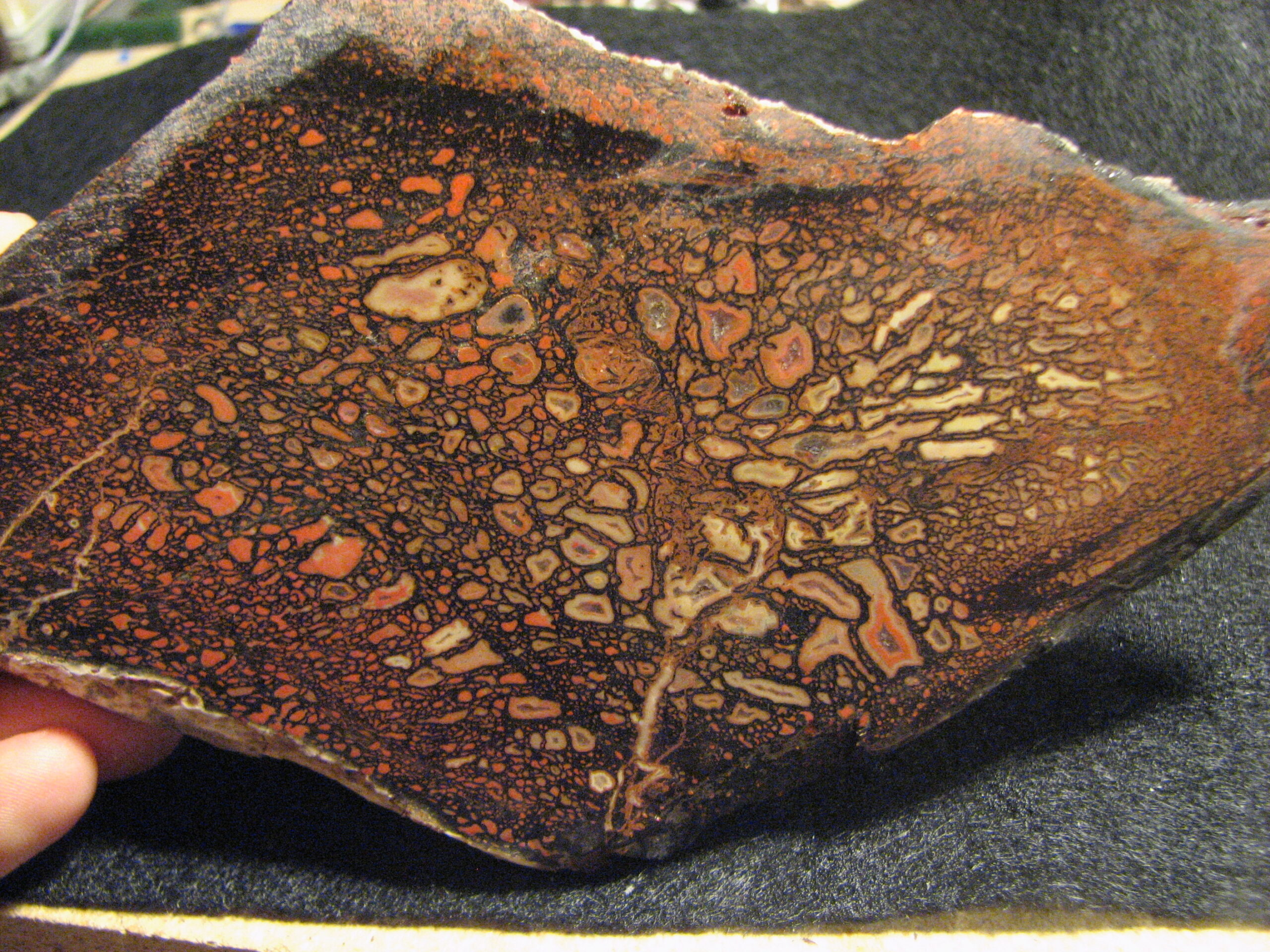
The discovery of grass phytoliths in dinosaur coprolites has opened up entirely new avenues of paleontological research. Scientists are now systematically examining coprolites from different time periods and locations to map the evolution and spread of grasses more precisely.
Advanced imaging techniques and chemical analysis methods are being developed to extract even more information from these ancient preserved droppings. Researchers hope to identify specific grass species and understand their ecological roles in prehistoric ecosystems.
Future studies may also focus on the co-evolution of grasses and herbivorous dinosaurs, examining how feeding strategies and digestive systems adapted to take advantage of this new food source.
The Broader Implications for Earth’s History
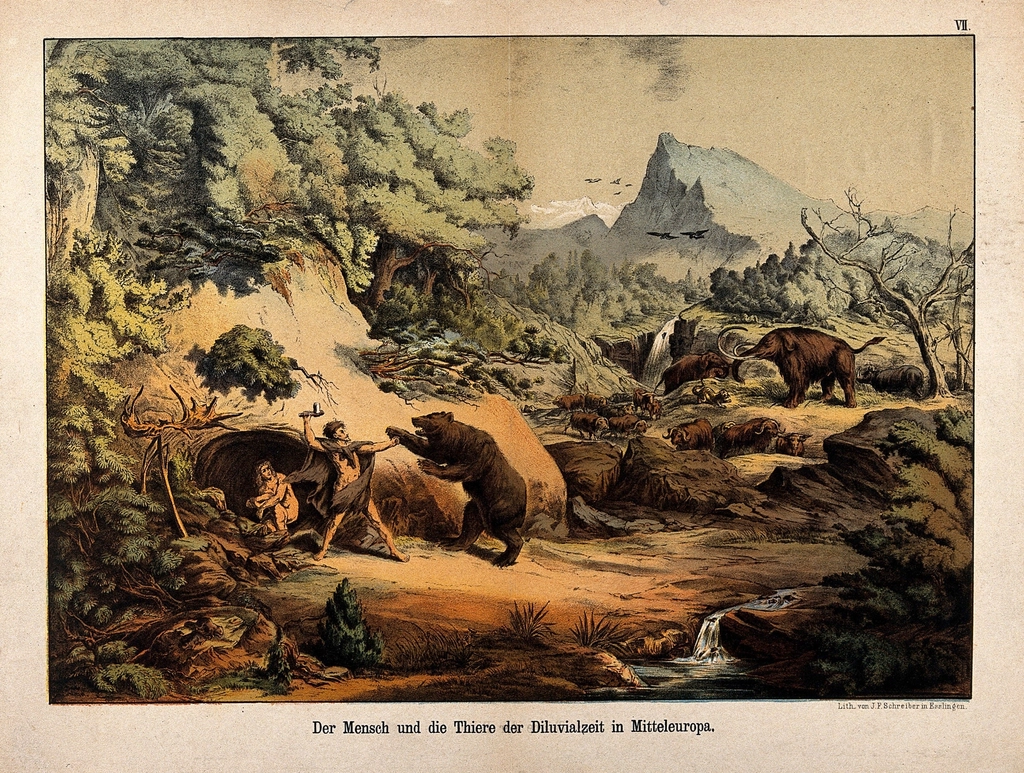
The discovery that grasses existed during the Cretaceous period has implications far beyond paleontology. It suggests that many aspects of Earth’s biological history may need to be reconsidered, with complex ecosystems developing earlier than previously thought.
This finding demonstrates the importance of examining all available evidence, including the less glamorous fossil record found in coprolites. Sometimes the most significant discoveries come from the most unexpected sources, reminding us that science is full of surprises.
The revelation also highlights how much we still don’t know about prehistoric life and ecosystems, suggesting that many more discoveries await future generations of scientists willing to dig through ancient droppings for clues about Earth’s past.
Conclusion: Redefining Prehistoric Landscapes
The discovery of grass phytoliths in dinosaur coprolites has fundamentally altered our understanding of Cretaceous ecosystems and the evolution of one of Earth’s most successful plant families. What began as an examination of fossilized dinosaur droppings has revealed that grasses were already thriving millions of years before the asteroid impact that ended the dinosaur era.
This finding challenges long-held assumptions about when grasslands developed and suggests that the relationships between grasses and large herbivores have much deeper evolutionary roots than anyone imagined. The prehistoric world was apparently more diverse and complex than we ever realized, with vast grasslands supporting enormous dinosaurs in landscapes that would have looked surprisingly familiar to modern eyes.
As scientists continue to examine coprolites from around the world, we can expect even more surprises that will reshape our understanding of Earth’s ancient past. Who would have thought that dinosaur dung could reveal such profound secrets about our planet’s history?

